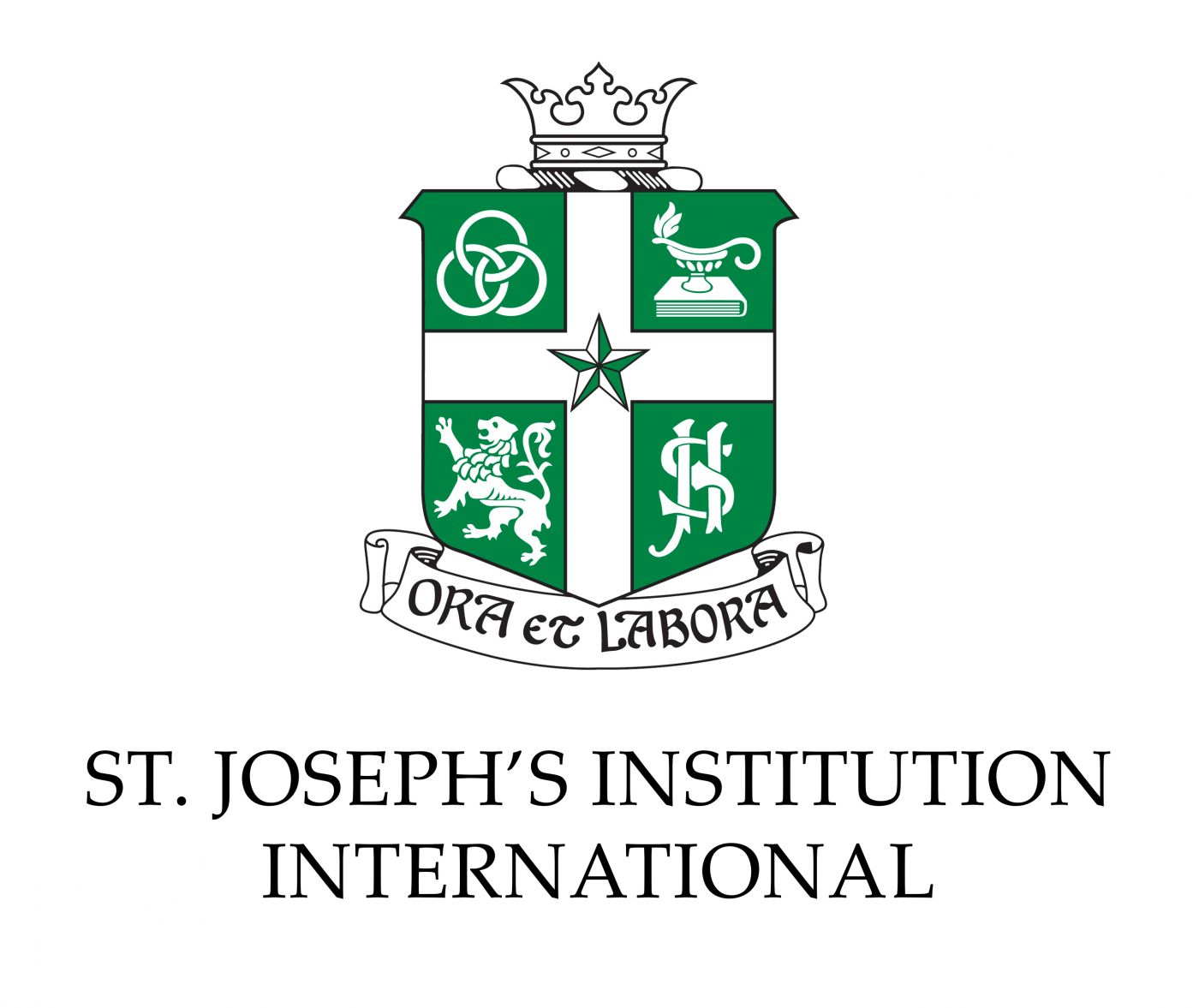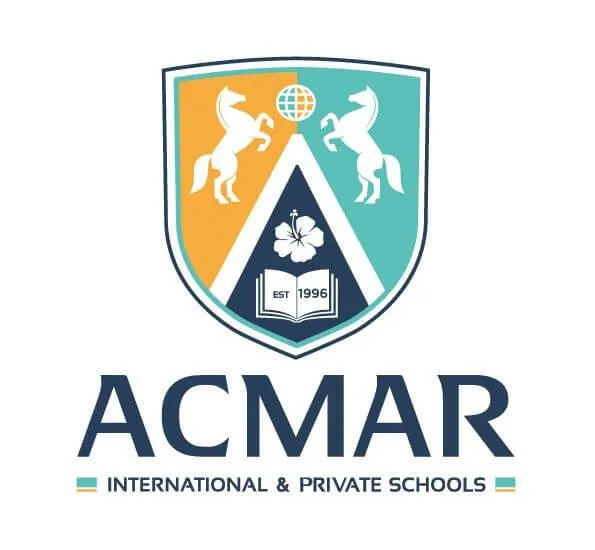The first thing to note is that international schools may be distinguished not only by the curricula in use but also by other unique features specific to each school. Michele Lam explores the different types of international schools available in Malaysia and what they have to offer to their clientele.

Traditionally, international schools were established to meet the educational needs of children of expatriates working in Malaysia or in the region. These include The Alice Smith School, Garden International School, The International School of Penang (Uplands) and the International School of Kuala Lumpur among others. These schools were considered international not only because they used curricula different from that in use in public schools in the country, but also because they represented a truly global community. There were few Malaysian children enrolled in these schools in the early days as permission from the Ministry of Education was required then.
In 2012, the government made a landmark decision to remove restrictions imposed on Malaysian students that made it difficult for them to study at international schools. This resulted in a dramatic increase in local enrolment at these schools. The demand may be attributed to the use of English as the medium of instruction and to the international curricula that is believed to be more holistic, more interactive and one that encourages the use of critical thinking. In addition, international schools have better facilities and adopt the latest classroom technology and management systems to enhance the teaching and learning process and experience.
Since then, many new schools have been established with the purpose of offering international curricula. There is a wide range of schools within this category. At one end of the spectrum, you have purpose-built schools with excellent facilities offering a range of extracurricular activities, and a predominantly expatriate academic staff with vast experience in the curriculum in use. At the other end of the spectrum, there are schools where the only thing that sets them apart from government schools is the curriculum that is used. Some would even argue that these are not 'truly' international schools.
While the more established international schools (like those mentioned earlier) continue to attract children of expatriates as well as local students, newly developed schools such as those set up by mega property developers and education groups are also able to attract a large number of international and local students.
Besides new school brands, established British boarding schools, such as Epsom College and Marlborough College with a long history in the UK, have also set up branch campuses in Malaysia to offer the unique British boarding school experience for the children of expatriates and affluent families in this part of the world.
Another type of international school includes private schools that previously used the Malaysian curriculum but who have now begun to offer an international curriculum, most commonly the British curriculum and the Cambridge programmes. These schools no longer offer the Malaysian curriculum. However, there are also schools within this category that offer both the Malaysian and international curricula to meet the demands of different groups.
One Language But Many Differences

A common feature of all international schools is the use of English as the main medium of instruction and communication. International schools differ, however, from one another in many other areas.
One of the main differences is to be found in the curriculum used. Each has its own unique characteristics and this may be seen, for instance, in the teaching methodology employed, in the learning philosophy or objectives, in the assessment methods used, and in the range of extracurricular activities offered. The vast majority of international schools in Malaysia offer the national curriculum of England and Wales (generally known as the British curriculum) and the Cambridge programmes, where students sit for the International General Certificate of Secondary Education (IGCSE). However, the International Baccalaureate (IB) is becoming increasingly popular with a number of schools offering it. Other curricula in use include American, Australian, Canadian, Indian, Islamic, and the International Primary Curriculum.
Schools also differ widely in terms of the fees charged. Schools that charge higher fees usually have purpose-built infrastructure that supports a myriad of extracurricular activities including sports, music, art, dance, and drama among others. Schools that have mostly expatriate teaching staff from the UK, the US or Australia, would also have a higher fee structure. Schools that have a long history or tradition in boarding overseas are also more expensive compared to newer ones. While there are schools that charge annual tuition fees exceeding RM100,000, there is an increasing number of schools charging midrange fees, i.e., between RM25,000 and RM50,000; and even fees below RM25,000 annually.
As mentioned earlier, student and staff composition vary significantly as well. The more established schools have predominantly expatriate students and staff, while others have predominantly locals. Then there are those which have almost equal numbers of both. It really depends on the objectives of the individual schools. Some schools were, specifically, set up to cater to the needs of local students.
Another difference lies in the level of education offered. Some schools offer early years or preschool education right up to pre-university programmes, while others offer only primary and/or secondary education.
The standard and quality of education also differ among schools. It is therefore important to ensure that the school that you wish to send your child to is properly registered with the Ministry of Education, and accredited by an internationally recognised body such as the Council of International Schools, the Council of British International Schools or the Western Association of Schools and Colleges.
Other differences may be found in the class size, the physical infrastructure, the facilities and extracurricular activities, the school management system, the use of technology, the teaching of foreign languages, and, finally, in the culture and values of the school.
It is clear that apart from the use of English as the medium of instruction, international schools differ widely from one another. From curriculum to facilities, each school has its own mission and objectives. Even schools with similar fee structures may differ in many areas.
Having the option of sending their child to an international school is a fairly new experience for many parents. With an increasing numbers of international schools in the country, parents today have more opportunities of finding one that meets their requirements. As schools differ widely, it is important to visit the schools and talk to various people in the schools to gain a deeper insight into the intangible aspects such as their ethos and philosophy, before making a decision.
To get an overview of the international schools available in Malaysia, visit our School Finder.















![[St. Joseph’s Institution International School Malaysia] The Lasallian Education Ethos for a Better Future - Gratitude and Giving](https://mint-edm.sgp1.digitaloceanspaces.com/production/PPIxso2IiVm1U64SEHCuXjI03yE7Rg.jpeg)




















